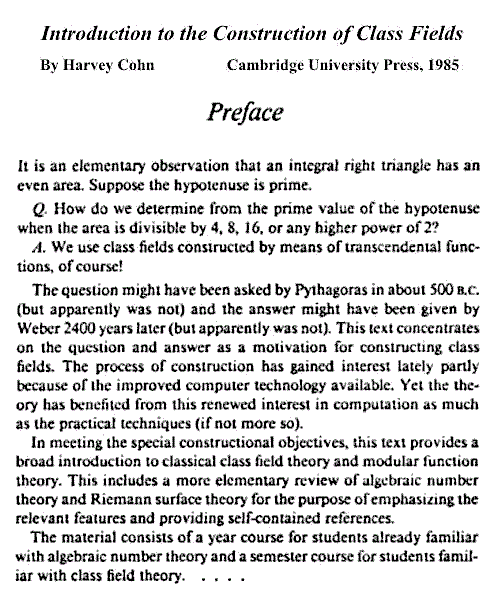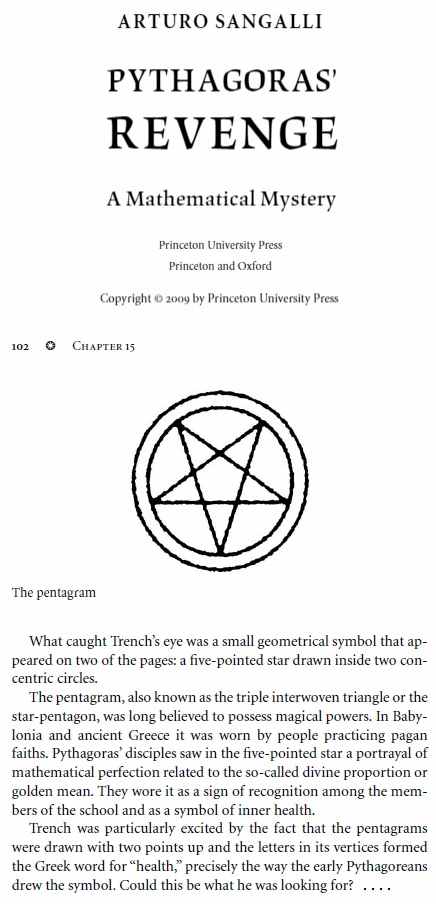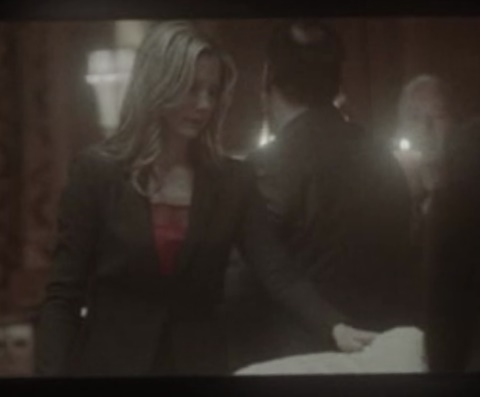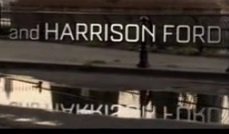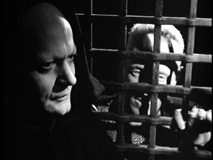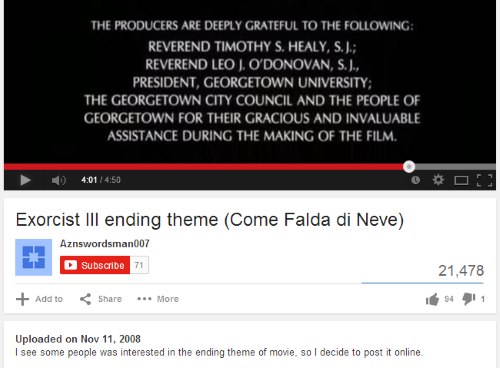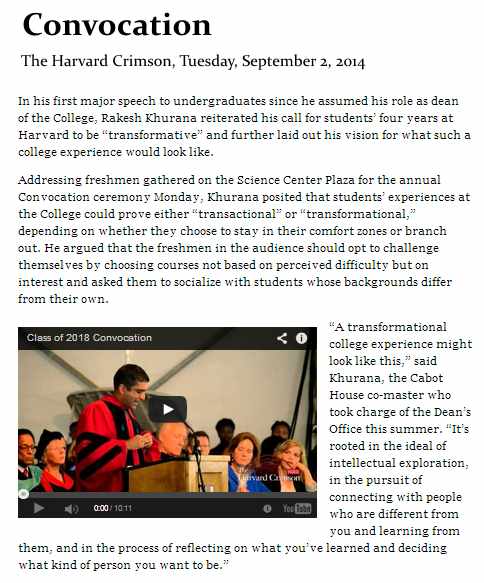The American Mathematical Society yesterday:
Harvey Cohn (1923-2014)
Wednesday September 10th 2014
Cohn, an AMS Fellow and a Putnam Fellow (1942), died May 16 at the age of 90. He served in the Navy in World War II and following the war received his PhD from Harvard University in 1948 under the direction of Lars Ahlfors. He was a member of the faculty at Wayne State University, Stanford University, Washington University in St. Louis, the University of Arizona, and at City College of New York, where he was a distinguished professor. After retiring from teaching, he also worked for the NSA. Cohn was an AMS member since 1942.
Paid death notice from The New York Times , July 27, 2014:
COHN–Harvey. Fellow of the American Mathematical Society and member of the Society since 1942, died on May 16 at the age of 90. He was a brilliant Mathematician, an adoring husband, father and grandfather, and faithful friend and mentor to his colleagues and students. Born in New York City in 1923, Cohn received his B.S. degree (Mathematics and Physics) from CCNY in 1942. He received his M.S. degree from NYU (1943), and his Ph.D. from Harvard (1948) after service in the Navy (Electronic Technicians Mate, 1944-46). He was a member of Phi Beta Kappa (Sigma Chi), won the William Lowell Putnam Prize in 1942, and was awarded the Townsend Harris Medal in 1972. A pioneer in the intensive use of computers in an innovative way in a large number of classical mathematical problems, Harvey Cohn held faculty positions at Wayne State University, Stanford, Washington University Saint Louis (first Director of the Computing Center 1956-58), University of Arizona (Chairman 1958-1967), University of Copenhagen, and CCNY (Distinguished Professor of Mathematics). After his retirement from teaching, he worked in a variety of capacities for the National Security Agency and its research arm, IDA Center for Computing Sciences. He is survived by his wife of 63 years, Bernice, of Laguna Woods, California and Ft. Lauderdale, FL, his son Anthony, daughter Susan Cohn Boros, three grandchildren and one great-granddaughter.
— Published in The New York Times on July 27, 2014
See also an autobiographical essay found on the web.
None of the above sources mention the following book, which is apparently by this same Harvey Cohn. (It is dedicated to "Tony and Susan.")
From Google Books:

Advanced Number Theory, by Harvey Cohn
Courier Dover Publications, 1980 – 276 pages
(First published by Wiley in 1962 as A Second Course in Number Theory )
Publisher's description:
" 'A very stimulating book … in a class by itself.'— American Mathematical Monthly
Advanced students, mathematicians and number theorists will welcome this stimulating treatment of advanced number theory, which approaches the complex topic of algebraic number theory from a historical standpoint, taking pains to show the reader how concepts, definitions and theories have evolved during the last two centuries. Moreover, the book abounds with numerical examples and more concrete, specific theorems than are found in most contemporary treatments of the subject.
The book is divided into three parts. Part I is concerned with background material — a synopsis of elementary number theory (including quadratic congruences and the Jacobi symbol), characters of residue class groups via the structure theorem for finite abelian groups, first notions of integral domains, modules and lattices, and such basis theorems as Kronecker's Basis Theorem for Abelian Groups.
Part II discusses ideal theory in quadratic fields, with chapters on unique factorization and units, unique factorization into ideals, norms and ideal classes (in particular, Minkowski's theorem), and class structure in quadratic fields. Applications of this material are made in Part III to class number formulas and primes in arithmetic progression, quadratic reciprocity in the rational domain and the relationship between quadratic forms and ideals, including the theory of composition, orders and genera. In a final concluding survey of more recent developments, Dr. Cohn takes up Cyclotomic Fields and Gaussian Sums, Class Fields and Global and Local Viewpoints.
In addition to numerous helpful diagrams and tables throughout the text, appendices, and an annotated bibliography, Advanced Number Theory also includes over 200 problems specially designed to stimulate the spirit of experimentation which has traditionally ruled number theory."
User Review –
"In a nutshell, the book serves as an introduction to Gauss' theory of quadratic forms and their composition laws (the cornerstone of his Disquisitiones Arithmeticae) from the modern point of view (ideals in quadratic number fields). I strongly recommend it as a gentle introduction to algebraic number theory (with exclusive emphasis on quadratic number fields and binary quadratic forms). As a bonus, the book includes material on Dirichlet L-functions as well as proofs of Dirichlet's class number formula and Dirichlet's theorem in primes in arithmetic progressions (of course this material requires the reader to have the background of a one-semester course in real analysis; on the other hand, this material is largely independent of the subsequent algebraic developments).
Better titles for this book would be 'A Second Course in Number Theory' or 'Introduction to quadratic forms and quadratic fields'. It is not a very advanced book in the sense that required background is only a one-semester course in number theory. It does not assume prior familiarity with abstract algebra. While exercises are included, they are not particularly interesting or challenging (if probably adequate to keep the reader engaged).
While the exposition is *slightly* dated, it feels fresh enough and is particularly suitable for self-study (I'd be less likely to recommend the book as a formal textbook). Students with a background in abstract algebra might find the pace a bit slow, with a bit too much time spent on algebraic preliminaries (the entire Part I—about 90 pages); however, these preliminaries are essential to paving the road towards Parts II (ideal theory in quadratic fields) and III (applications of ideal theory).
It is almost inevitable to compare this book to Borevich-Shafarevich 'Number Theory'. The latter is a fantastic book which covers a large superset of the material in Cohn's book. Borevich-Shafarevich is, however, a much more demanding read and it is out of print. For gentle self-study (and perhaps as a preparation to later read Borevich-Shafarevich), Cohn's book is a fine read."



